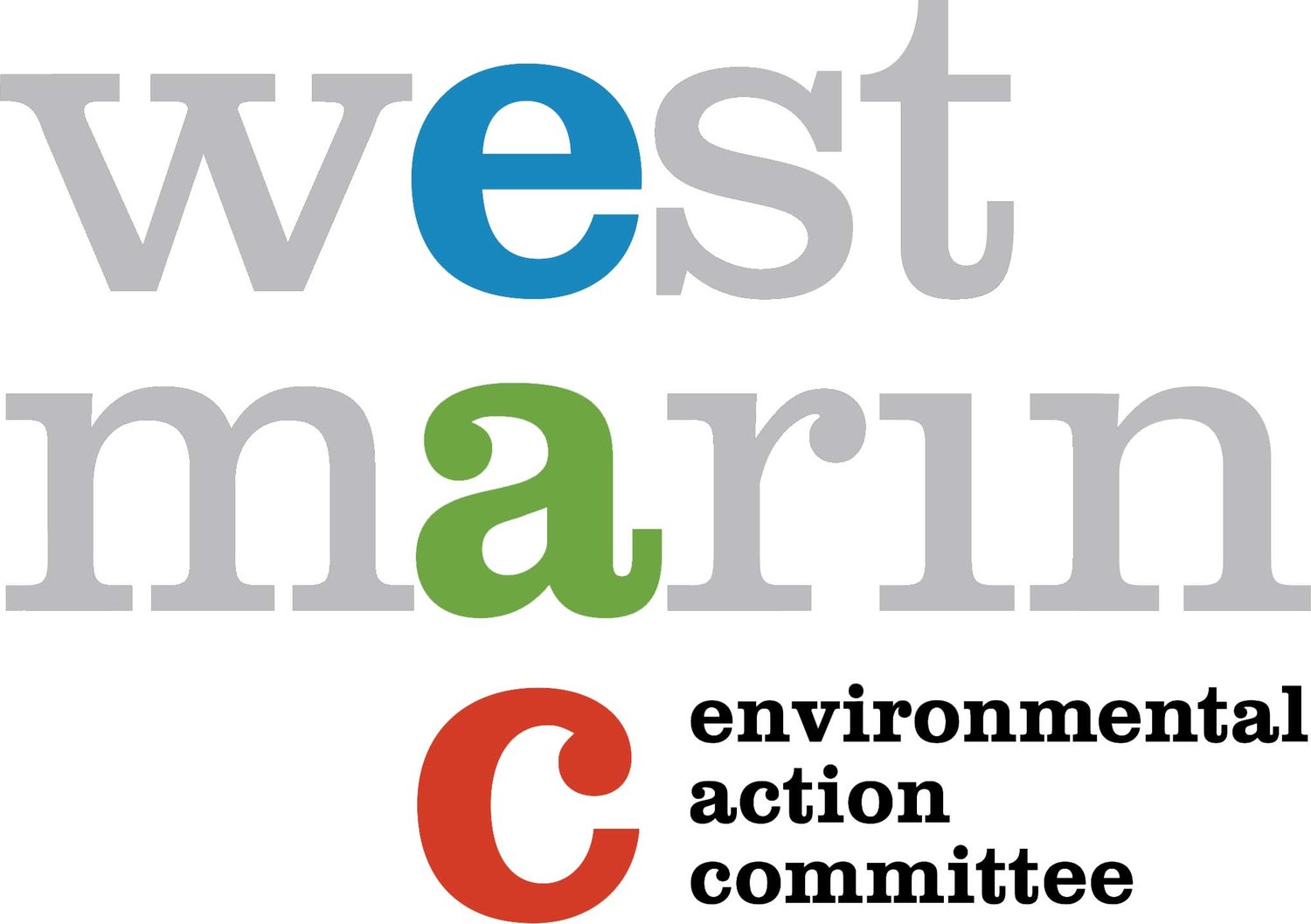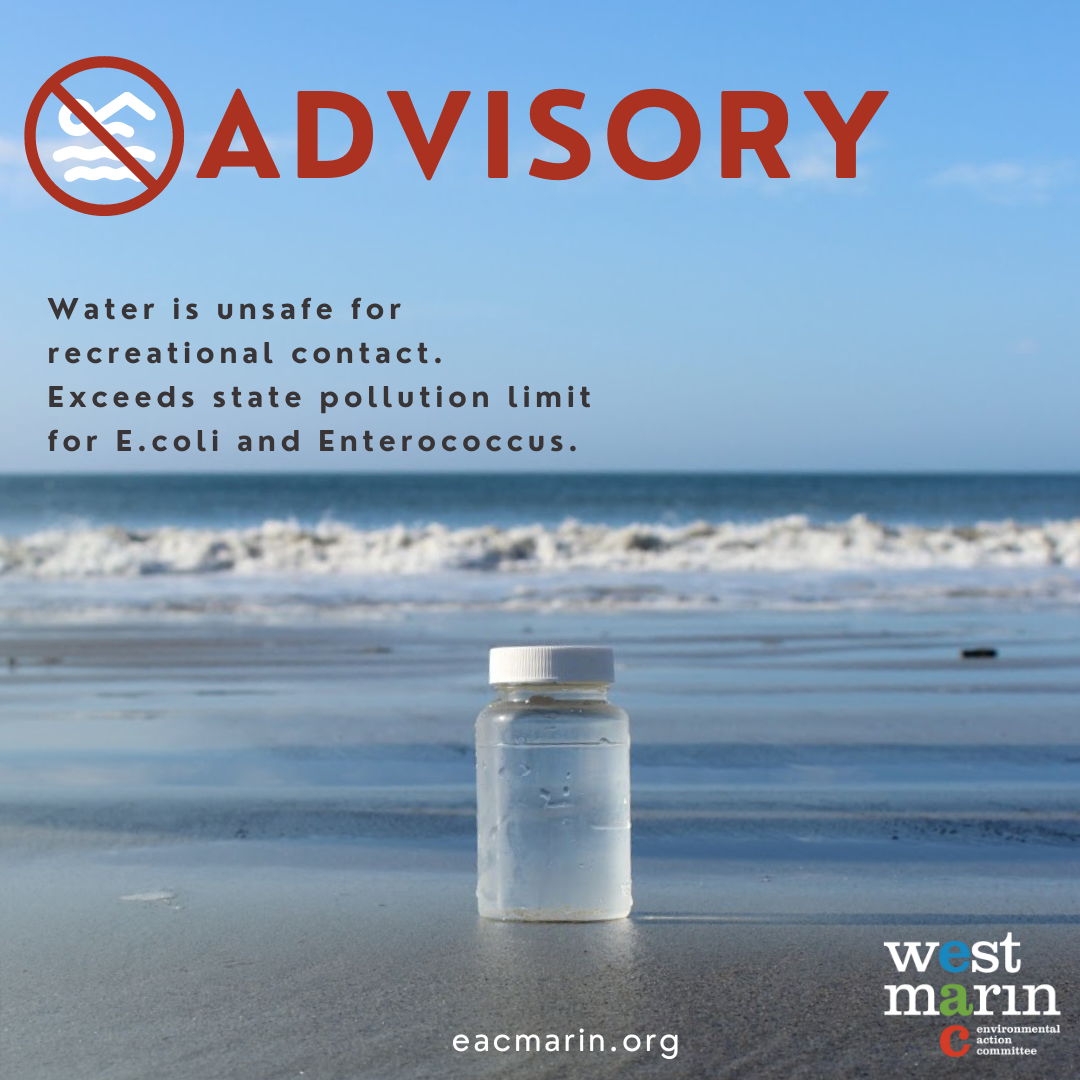Point Reyes National Seashore
-
As noted on the Seashore’s website the federal process began in 1935, when Conrad Wirth, the Assistant Director of the National Park Service, recommended that 53,000 acres of Point Reyes be purchased "because of the peninsula's exceptional qualities and…accessibility to the concentrated population of Central California."
Later, in the 1950s, President John F. Kennedy’s announced his conservation agenda that included the creation of two national seashores and the adoption of the Wilderness Bill.
This work was accomplished thanks to the efforts of the Interior Secretary Stewart Udall, Sierra Club executive director David Brower, Clair Engle, Clem Miller, and author Harold Gilliam, and others. Following the publication of the book, Island in Time, by the Sierra Club and author Harold Gilliam, the Congressional floor debates for the Point Reyes Authorization Act took place and on September 13, 1962, the President signed the Act into law. It took another eight years before the final appropriations of funding to acquire the 53,000 acres, thanks to community advocate, Peter Behr, and his organization, Save Our Seashore, championing the effort.
An additional 23,370 acres of wilderness lands and 8,003 acres of potential wilderness were established as the Point Reyes Wilderness on October 18, 1976. Wilderness areas ensure, “without impairment of its natural values, in a manner which provides for such recreational, educational, historic preservation, interpretation, and scientific research opportunities as are consistent with, based upon, and supportive of the maximum protection, restoration, and preservation of the natural environment within the area.”
Learn More:
-
The Seashore is a unique coastal habitat sanctuary that includes pristine beaches, estuaries, intertidal, sand dunes, rolling grasslands, and forests. The Seashore is along important migratory routes for marine mammals, birds, and other wildlife. The Seashore’s wildlife webpage notes, “Current inventories document approximately 80 species of mammals, 85 species of fish, 29 species of reptiles and amphibians, and thousands of aquatic and terrestrial invertebrate species. Nearly half the bird species of North America, 490 species, have been spotted here. Over fifty species of animals at Point Reyes are listed by the state or federal government as threatened, rare, or endangered. To help us better protect some of these species, the park uses remote wildlife monitoring cameras to gather information about the presence of species, the numbers of individuals, and their behaviors and habitat selection.”
Learn More:
-
The Seashore’s diverse habitats support a variety of plant life making it a popular destination for migrating wildlife and plant enthusiasts. The Seashore’s plant webpage notes, “Point Reyes National Seashore is a jewel in the California Floristic Province—one of 25 regions of the world where biological diversity is most concentrated and the threat of loss most severe. Unique geology, soils, and climate conditions make for a highly variable landscape within a relatively small land base. The Seashore encompasses over 70,000 acres of dunes, sandy and rocky beaches, coastal grasslands, Douglas fir and bishop pine forests, wetlands, chaparral, and wilderness lakes. The broad range of plant communities supports over 900 species of vascular plants—pretty amazing! This number represents about 15% of the California flora. Three plants are considered endemic to Point Reyes.”
Learn More:
-
Before the Europeans came to California, the Coast Miwok people were the inhabitants of what we now call Marin and southern Sonoma Counties. They knew and blended with this bountiful land for thousands of years, developing a rich economy based on gathering, fishing and hunting. Village communities of 75 to several hundred people developed in sheltered places near fresh water and plentiful food. "Kule Loklo" (meaning "Bear Valley") is a recreated village. It stands where no village ever was, but where one might have stood.
Learn More about the Coast Miwok:
Federated Indians of Graton Rancheria (co-management partners with the Point Reyes National Seashore)
-
The Point Reyes peninsula is remarkably covered with numerous layers of human activity that have left sometimes overt, other times subtle changes on the landscape. Those changes, imposed upon a rugged coastal environment, were filtered through the lens of cultural values, traditions, lifeways, economies, and technologies of people who emigrated from small and great distances over a period of several millennia though current time.
The National Seashore has identified twelve historic cultural landscapes within its boundaries and the north district of Golden Gate National Recreation Area administered by Point Reyes. Over time, each is being documented, evaluated and, where necessary, rehabilitated, following guidelines of the National Register of Historic Places.
Learn More:
-
Today, the Seashore hosts more than 2.5 million annual visitors! The Seashore was established to preserve and protect wilderness, natural ecosystems, and cultural resources along the diminishing undeveloped coastline of the western United States.
The Seashore is a sanctuary for myriad plant and animal species and for the human spirit—for discovery, inspiration, solitude, and recreation—and exists as a reminder of the human connection to the land.
Learn More:
Nestled along the rugged coastline of California, Point Reyes National Seashore stretches across 71,000 acres of diverse habitat areas that was created following more than 30 years of advocacy on September 13, 1962. From the iconic Point Reyes Lighthouse perched on the dramatic cliffs, one can witness breathtaking vistas of the Pacific Ocean stretching beyond the horizon. The park also boasts an incredible array of wildlife, including tule elk, seals, and migrating whales. Whether you're hiking the scenic trails, photographing the vibrant wildflowers, or simply enjoying a picnic by the ocean, Point Reyes National Seashore is an enchanting destination that invites visitors to reconnect with nature and indulge in its captivating wonders.
What we do to Protect Point Reyes
From the first organized campaign to oppose the creation of Vision Road to fighting for the designation of Drakes Estero Marine Wilderness, EAC has been a tenacious public advocate to protect the lands, waters, and biodiversity of the Seashore. Public lands need the support of the public who can push for conservation measures, lobby for funding, support science and stewardship, and participate in planning processes. Local organizations are key stakeholders who can partner, share information and resources, and provide important public outreach to ensure transparency and alignment with mission and values of each park unit. Find information on our current campaigns and partnerships below:
General Management Plan Amendment
In January 2025, the National Park Service (NPS) issued a revised version of the General Management Plan Amendment. This plan outlines management strategies for the Point Reyes Seashore in light of the January settlement agreement wherein most of the ranches on the Seashore will phase out of operation. In the absence of these beef and dairy ranches, NPS and The Nature Conservancy will work jointly to advance conservation measures and enhance the native features of the landscape.
EAC is committed to ensuring a smooth transition process, and will provide local expertise and support where needed to support the protection of the coastal ecosystems. We are also dedicated to ensuring that the remaining ranches in the Seashore and Golden Gate National Recreation Area (GGNRA) have measures in place to holistically protect habitat, wildlife, plants, water quality, recreation, and cultural resources. This includes strong lease conditions, ranch management plans, and monitoring of conditions, like water quality, that are transparent, adaptive, and available to the public.
Water Quality
As part of our commitment to safeguarding the natural and cultural resources of the Seashore, EAC continues to collaborate with Point Reyes National Seashore and the County of Marin to monitor water quality and promote transparency around watershed health.
Since restarting our sampling program in 2020 at Drakes Estero and Drakes Beach, we’ve worked to build a long-term dataset that supports science-based advocacy for clean, healthy watersheds. Weekly results are shared with the community to keep the public informed about potential pollution risks and trends. EAC also effectively advocated to the California Coastal Commission to require a comprehensive water quality sampling program and annual report as a requirement of the Commission’s approval of the General Management Plan Amendment in 2020.
tomales point Area Plan
EAC continues to advocate for tule elk to be managed as a natural part of the Seashore ecosystem—not as a nuisance to be controlled for the benefit of commercial ranching operations. We oppose lethal management and artificial confinement measures, such as fencing, that prioritize agricultural leases over ecological integrity.
NPS has advanced efforts to restore ecological connectivity at Tomales Point, where a tule elk population has been confined behind a fence since the 1970s. The Seashore’s preferred alternative for the Tomales Point Area Plan proposes removing the fence, improving visitor experiences at the historic Pierce Point Ranch, and managing the area in a more holistic, adaptive manner. This marks a long-overdue change that better aligns with natural resource stewardship and public values.
EAC remains engaged in this process and will to monitor how elk management strategies are implemented. Tule elk are a vital part of the Seashore’s natural heritage, and their future should reflect the best available science, not the demands of special interests.
MPA Watch
We collect data on human activities near and within Marine Protected Areas (MPAs) within the Seashore to understand visitation trends and types of activities to provide important information that informs future management policies along popular beaches in and near the Seashore.
The California MPA Watch program is implemented by different organizations throughout the state. The Marin MPA Watch Volunteer Program is managed by the Environmental Action Committee of West Marin (EAC), and in collaboration with the California Academy of Sciences, and Point Reyes National Seashore. The Marin MPA Watch focuses their efforts at Agate County Beach/Duxbury Reef, Corte Madera Marsh, Limantour Beach, Drakes Beach, Drakes Estero, Point Resistance, and the Point Reyes Headlands. Not only do local volunteers learn about their coastal environment and become community scientists and stewards of the area, but they generate large quantities of monitoring data that would not be possible without volunteer support.







